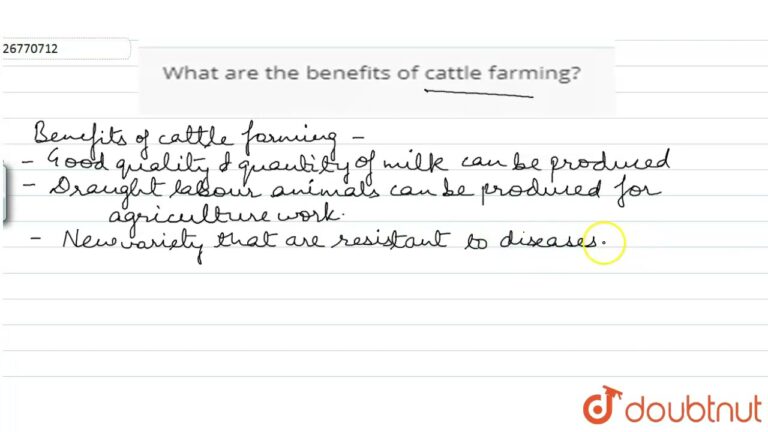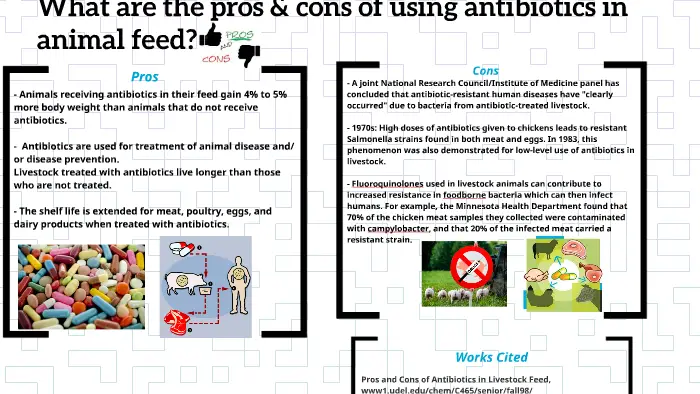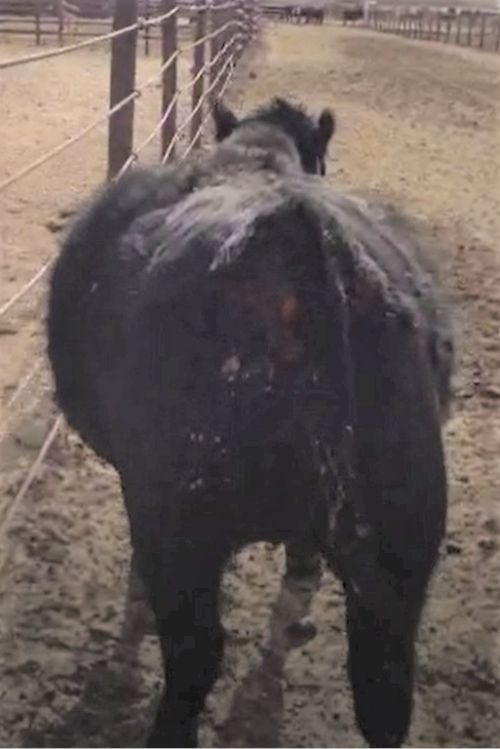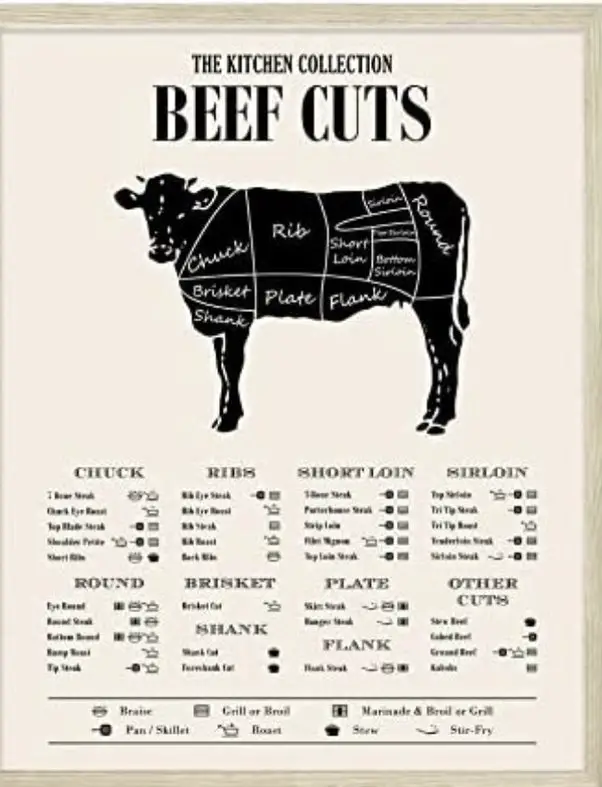How to Prevent Johne’S Disease in Cattle: Essential Prevention Tips
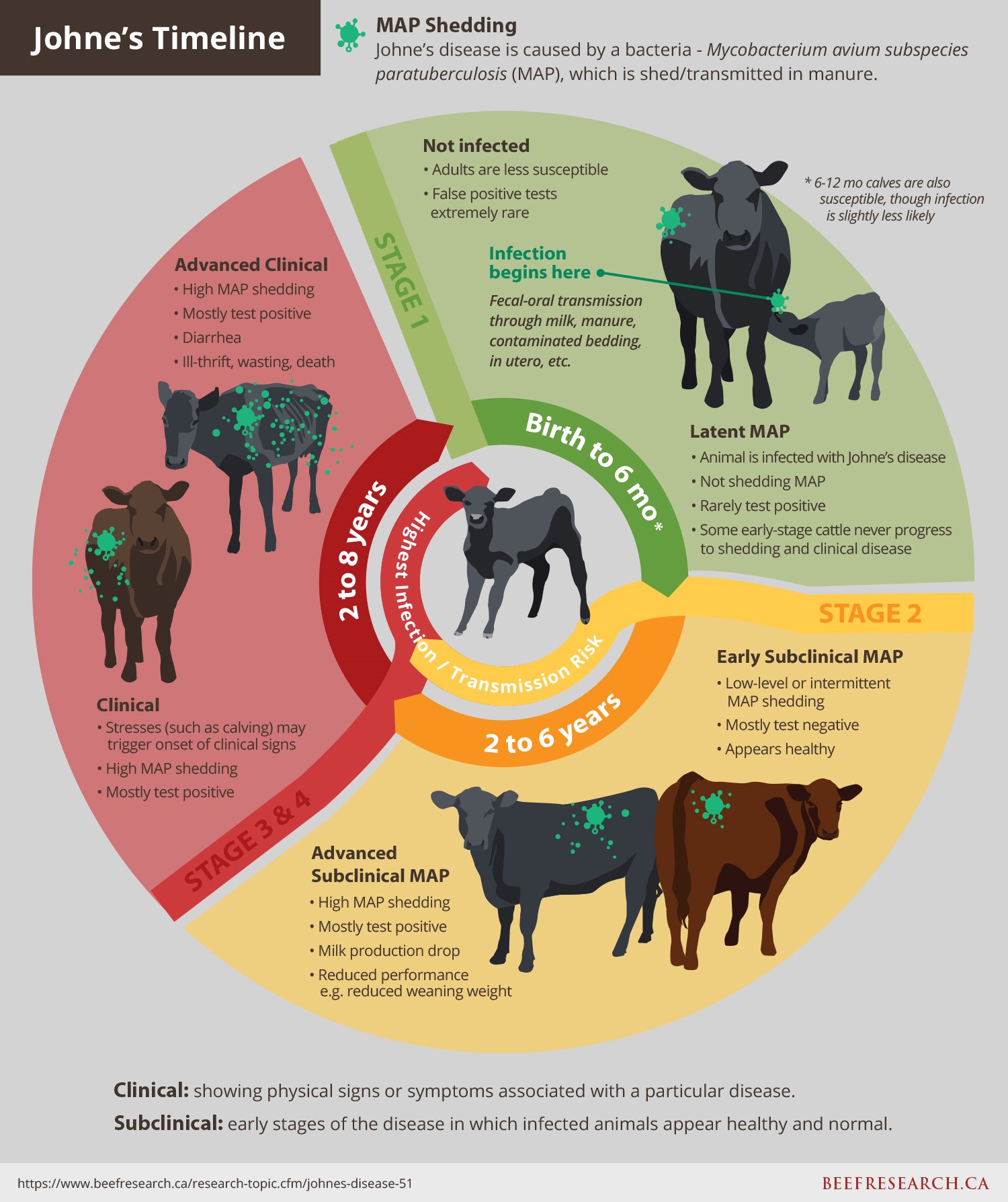
Prevent Johne’s disease in cattle by avoiding introducing infected animals, keeping a closed herd, and managing colostrum and milk to protect newborns from contaminated manure. Johne’s disease is a chronic, contagious, and often fatal gastrointestinal condition that affects cattle.
It is caused by Mycobacterium avium subspecies paratuberculosis (MAP) and primarily affects the small intestine. To prevent the spread of Johne’s disease in cattle herds, it is essential to implement effective management practices. By understanding the key preventive measures and implementing them diligently, cattle farmers can significantly reduce the risk of Johne’s disease.
This article will explore the best practices for preventing Johne’s disease, including biosecurity measures, maintaining a closed herd, and managing colostrum and milk to protect newborns from coming into contact with contaminated manure.
Overview Of Johne’s Disease
Johne’s disease in cattle is a chronic, contagious bacterial infection that affects the digestive system. It is caused by the bacterium Mycobacterium avium subspecies paratuberculosis. The disease is primarily transmitted through the ingestion of contaminated feed, water, or soil. Cattle infected with Johne’s disease may exhibit symptoms such as diarrhea, weight loss, and decreased milk production. It is important to prevent the introduction of infected animals into the herd and protect newborns and young animals from exposure to contaminated manure. Additionally, testing for the disease and implementing biosecurity measures can help prevent the spread of Johne’s disease within cattle populations.
Significance Of Prevention
Johne’s disease can have a significant impact on the cattle industry, leading to economic consequences. The disease can cause reduced milk production, weight loss, and decreased fertility in cattle, resulting in financial losses for farmers. Additionally, the potential spread of the disease within a herd can further exacerbate these challenges. Implementing preventative measures is crucial to safeguarding the well-being of cattle and the sustainability of the industry. By taking proactive steps to prevent Johne’s disease, farmers can protect their herds and mitigate the financial risks associated with the illness. Overall, prioritizing prevention is essential for maintaining the health and productivity of cattle, as well as the long-term viability of the cattle industry.
Essential Prevention Tips
Preventing Johne’s disease in cattle is crucial for maintaining calf hygiene. It is essential to maintain clean calving pens to reduce the risk of infection. Cleaning calving pens regularly and properly disposing of dung or slurry can help prevent the spread of the disease. Additionally, ensuring high standards of calf hygiene and carefully managing colostrum and milk collection can further reduce the risk of infection. Implementing these preventive measures can significantly decrease the likelihood of Johne’s disease in cattle herds.
Colostrum And Milk Management
Colostrum and Milk Management: Proper collection and handling of colostrum and milk is crucial in preventing Johne’s disease in cattle. Importance of Proper Collection: Ensuring the cleanliness of collection equipment and udders, as well as timely collection and storage, is essential for providing calves with a strong immune system. Reducing Risk of Infection: By minimizing exposure to contaminated manure and ensuring the use of pasteurized milk, the risk of infection can be significantly reduced.
Vaccination And Controversies
Preventing Johne’s Disease in cattle involves implementing on-farm control measures. High standards of calf hygiene, cleaning calving pens, avoiding spreading dung or slurry, and managing colostrum and milk collection are crucial steps to prevent the spread of the disease. It’s also recommended to keep a closed herd or bring in replacement animals from test-negative herds to avoid introducing infected animals.
| Availability of Johne’s Vaccine | Concerns and Restrictions |
| Johne’s vaccine in the United States is approved for cattle use only. | Vaccine use is restricted due to human health risks and interference with testing. |
| Administered by a Johne’s vaccine certified veterinarian. | Interference with Johne’s ELISA and tuberculosis testing. |

Credit: www.canadiancattlemen.ca
Preventive Measures For Herds
| Preventive Measures for Herds |
| Introduction of Infected Animals |
| Closed Herd Practices |
Preventing Johne’s disease in cattle involves introducing infected animals cautiously. Closed herd practices are crucial to avoid disease spread. It’s essential to protect newborns and young animals from contaminated manure exposure. Precautions should be taken to prevent the entry of infected animals into the herd. Requiring replacement animals from test-negative herds can reduce the risk of disease transmission.
Proactive Steps For Control
Preventing Johne’s Disease in cattle involves proactive measures such as maintaining high standards of calf hygiene, cleaning calving pens, and avoiding the spread of dung or slurry. Additionally, managing colostrum and milk collection is crucial to prevent the disease. It’s important to protect newborns and young animals from contaminated manure to control the infection.
| To prevent Johne’s Disease in cattle, minimize calf diseases by ensuring high standards of calf hygiene. Promote clean environments by cleaning calving pens regularly and avoiding the spread of dung or slurry. Protect newborns and young animals from contaminated manure to prevent infection. |

Credit: johnes.org
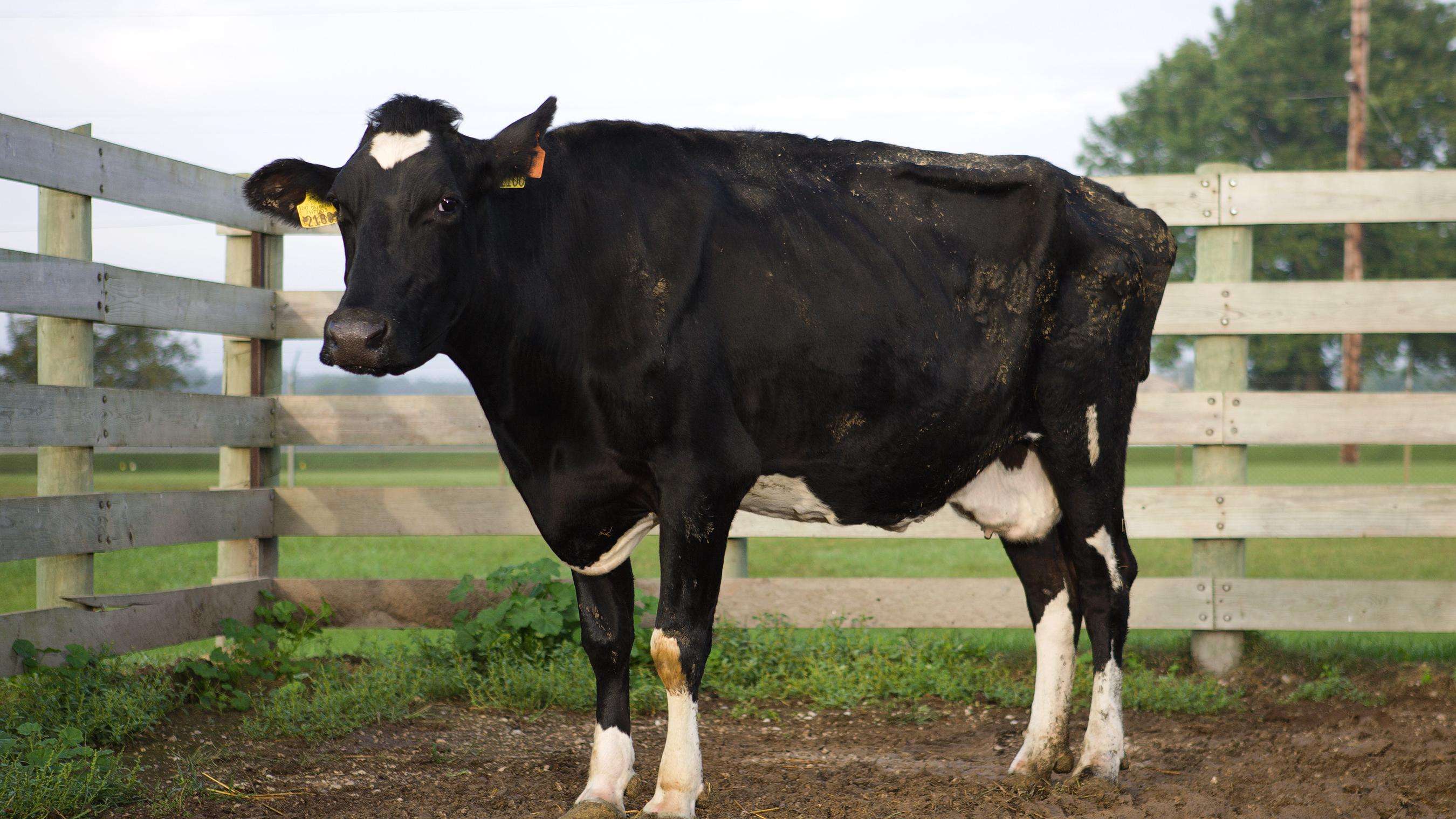
Credit: www.aphis.usda.gov
Frequently Asked Questions
How Does A Cow Get Johne’s Disease?
Cows can get Johne’s disease by swallowing infected manure or bacteria passed in milk or colostrum. Calves are most susceptible to infection in their first year of life.
How Long Do Johnes Live In The Soil?
According to research, Johnes can live in the soil for up to 18 months. It is important to take precautions to prevent introducing infected animals into your herd and manage colostrum and milk to protect newborns and young animals from coming into contact with contaminated manure.
Maintaining clean environments and promoting the health of periparturient cows is also crucial for Johne’s prevention. Vaccines for Johne’s disease are only approved for use in cattle and must be administered by a certified veterinarian. It is unclear if humans can become infected via contaminated milk.
Is There A Vaccine For Johne’s Disease?
A Johne’s disease vaccine is available for cattle only, administered by certified veterinarians due to restrictions.
Can You Drink Milk From A Cow With Johne’s Disease?
Drinking milk from a cow with Johne’s disease may pose a risk of infection.
Conclusion
Preventing Johne’s Disease in cattle requires a combination of good management practices and effective biosecurity measures. The key to preventing the spread of this disease is to keep the environment clean, provide good nutrition, and manage the herd carefully. It is important to test and monitor cattle for Johne’s Disease regularly and cull any infected animals immediately to prevent further spread.
By following these guidelines, you can minimize the impact of Johne’s Disease on your herd and ensure a healthy and productive future for your cattle.
Also Worth Reading:
- How Often Should You Drench Cattle Nz: Essential Guidelines
- Best Cattle Feed : Top Picks for Healthy Cows
- Best Way to Load Cattle in a Stock Trailer: Expert Tips
- Cattle Problem in Australia: Urgent Solutions
- Discover the Ultimate Best Cattle Feed Formula
- How are Farm Cows Killed : Unveiling the Slaughter Process
- How Do Cows Know Not to Cross Cattle Guards : The Surprising Science
- How Do You Connect Cattle Panels Together: Expert Tips
- How Do You Know If Baby Has Cows Milk Intolerance: Symptoms and Diagnosis.
- How Do You Know If Cows are Pregnant : A Comprehensive Guide
